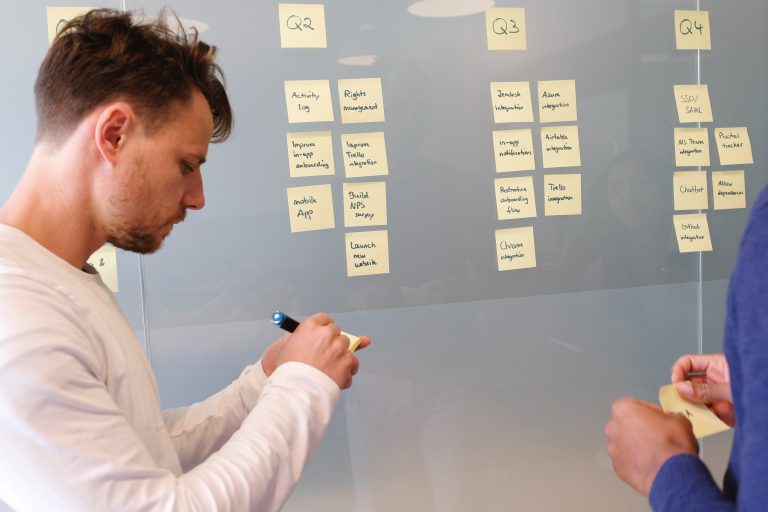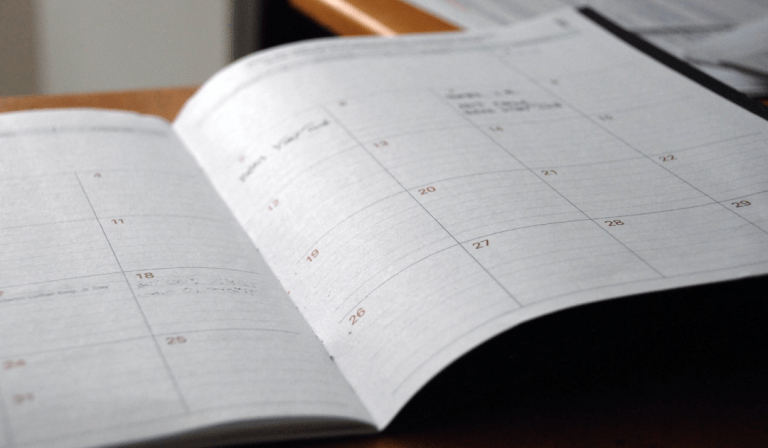The Ivy Lee method, coined more than 100 years ago, applies perfectly to how we plan, act, and follow a busy agenda nowadays to ensure that nothing is left unfinished at the end of the day.
The history of the Ivy-Lee method
Back in the 20th century, Ivy Ledbetter Lee was a successful businessman and a true innovator in public relations. He did consult for giant industrial corporations, such as Standard Oil, owned by the Rockefeller family.
In 1918, Charles Schwab, owner of Bethlehem Steel Corporation and one of the wealthiest people in the world, asked Lee for help in improving his team’s productivity.
“Show me a way to do more,” Schwab asked Lee. “Give me 15 minutes alone with each of your top managers,” Lee replied.
Lee sat down with each of the top managers and explained his method in 15 minutes, and after he finished talking to the entire team, Schwab came up and asked how much he owed Lee for his services.
“Nothing at all. But when you see results in three months, write me a check for whatever you think is worth it,” Lee replied.
Three months later, Schwab, ecstatic about the level of productivity his managers had achieved, wrote Ivy Lee a check for $25,000( the equivalent of $400,000 today).
How it works – The Ivy Lee method
The strategy’s surprisingly simple, and it’s what Lee explained during his 15 minutes with each Schwab executive, just by talking about his daily routine for accomplishing everything:
- At the end of each workday, write down the six most important things you need to accomplish tomorrow. Do not write down more than six tasks.
- Rank those six items in order of their importance.
- Start by focusing only on the first task. Work on the first task before moving on to the second task.
- Approach the rest of your list in the same fashion. At the end of the day, move any unfinished items to a new list of six tasks for the following day, keeping the priority you established.
- Repeat this process every working day.
What makes it so effective?
There’s a reason why there’s a limit (6) on the number of tasks to accomplish every day. More than that, you could easily find yourself lost and overwhelmed. If it happens, remember to:
- Do your work, turn off everything else. Unexpected situations arise all the time. But the most important thing to do at that point is to ignore them until you have to tackle them, thus returning to your prioritized to-do list.
- Just start. The biggest obstacle to finishing most tasks is starting them. A fascinating feature of Lee’s method is that it confronts you with the choice of choosing your first task the night before you go to work. To finish a task, especially if you want to finish it great, you need to start it first.
- Single-task. Modern society indeed loves to multi-tasking, having taught us that being busy is synonymous with being better, especially in the workplace; the exact opposite is true. In many cases, less is more.
Study the best of the best worldwide in almost any field – athletes, CEOs, etc. – and you’ll discover what they have in common: focus. You can’t be successful at a task if you’re constantly dividing your time in hundreds of different ways.
Would you like to be a jack of all trades and a master of none? I’d bet not, so do the most important thing first each day. To get started, this is the only trick you’ll ever need.

How Strategic Planning can Affect your Productivity
Like all the other good things in the world, productivity cannot be achieved simply either. Without strategic planning, it is highly unlikely that you will employ the utmost productivity you can have at work. What is good to notice here is that you can easily level up your productivity if you know what a crucial […]

Do or plan: staying on top of things with a simple strategy
Given the number of inputs that we receive every day, both in our work and personal lives, it can be difficult to stay on top of everything. Over the years, I have developed a simple strategy that helps me to stay focused, never miss anything, and, ultimately, get things done. In short, my strategy is […]

Best Task Management App For 2023
Have you or your team been struggling to effectively plan and deliver tasks on time? If you’re often missing key deadlines or falling short of effective collaboration, you could benefit from task management software. Task management apps allow you to track time, manage a plethora of tasks, and collaborate efficiently with a wider team. The […]

